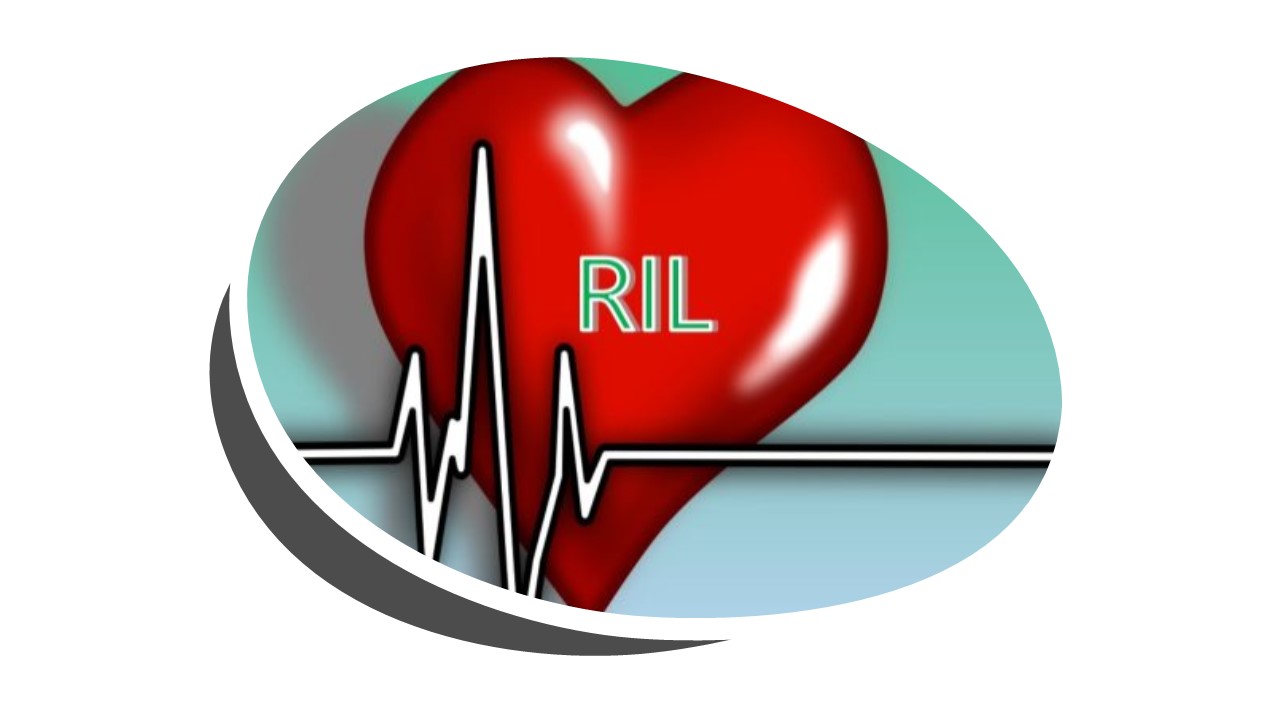High blood pressure and its effect on everyday life.
The recognition and control of high blood pressure (HBP), which is also referred to as hypertension, is the key to cardiovascular disease prevention, stroke and heart failure. Normal blood pressure without side effects is still not consistently achieved. The side effects of medication always go along with HBP treatment. Life expectancy is shorter and mortality from cardiovascular disease higher among black Africans (Fang et al., 1996). However, the fundamental cause of this degree of difference in risk remains debatable. The London Health Observatory’s statistics show that in 2003 the overall death rate from high blood pressure was nearly 3 times higher for black women than it was for white women living in London and this can be attributed to biological, environmental and cultural factors (Balajaran, 2003). Carlson (2004) identifies HBP as a condition without a single cause, but as the product of a combination of environmental influences.
Blood pressure (BP) can be described as the amount of pressure exerted by the blood against the arterial wall. Blood pressure is measured twice for the duration of the contraction of the heart muscle (Systolic BP) and all through the longer periods of rest between contractions (Diastolic BP). Its measurement consists of 2 numbers, such as 120/80, with 120 representing the systolic pressure which is always higher than the diastolic pressure. It is measured in millimetres of mercury. The World Health Organisation’s (WHO) definition of HBP is a blood pressure higher than 160/90 mm Hg and a marginal hypertension below these limits but above 140/90 mm Hg. Kerry et al. (2005) and Megan et al. (2008) focused on the reason why exercise plays a major role in the factors affecting hypertension. Their report shows that a regime of regular exercise increases fitness and lean body mass and reduces abdominal obesity. Less than expected systolic BP reduction was reported and this was due to increasing arterial stiffness as a result of old age, which may not be amenable to modification by exercise training. Hence, Stewart et al. and Ferrier et al. (2005) criticised training exercise as an improvement for arterial compliance in persons with systolic hypertension. Exercise, according to Stewart et al. (2005), produced extensive improvements in body composition despite modest reductions in body weight. A decrease of 3.5% in the percentage of body fat was accomplished by a 3.5% increase in lean body mass with a notable reduction in abdominal body fat. Cooper et al. (1997), in their door-to-door sampling strategy, found inadequate physical activity was reported as one of the key factors for developing hypertension. Borell (2009) asserts that women are more likely to access the medical system than men. There is the possibility that women are more likely to be aware of their HBP because of their contacts with physicians. Hence, if women live longer than men the burden of their hypertension will begin in the sixth decade of their life because of post menopause, which is associated with age and weight gain. Regular medical check-ups are considered by Ronald et al. (2008) and George et al. (2007) as indications of early detection of HBP. This was supported by Victor et al. (2006) whose hypothesis proved that early detection and control of HBP reduces the risk of cardiovascular disease. Individuals with good health, younger females with no knowledge of BP history in the family, were likely to lack hypertension awareness and treatment. In contrast, Borell (2009) highlighted the issue of regular visits to the physician. Even though people were aware of their hypertension, they still found it difficult to attend a routine check. He gave the reason as being that so many physicians do not know how to approach a patient. Doctor relation and some illnesses could be a result of clinical iatrogenesis (medically induced illness).
Advising patients on key lifestyle changes and some other factors such as sodium diet and exercise are seen by some physicians as a waste of time. They prefer to put their patients on medication and with medication there is little chance of going off it. As a result, mild hypertension will result in borderline hypertension and if the patient eventually stops the medication this will result in severe hypertension. The evidence does not suggest this, but there is a risk of going off the antihypertensive drugs which could results to this. However, lifestyle changes alone cannot replace the treatment after the full diagnosis of hypertension. Compared to other trials, Howard et al. (2006) disagreed with what Victor et al. considered as physician awareness. Their suggestion was that awareness would not necessarily reduce the morbidity rate, but the type of care given. Cooper et al. (1997:160): ‘The prevalence of hypertension in seven populations of West African origin proves how the intake of high calorie-rich food, high sodium, potassium depletion, stress and lack of physical exercise are the origin of the black African distribution of hypertension. He agreed with the fact that comparisons between black and white had shown differences in their blood pressure, but there are still some factors the researchers have been unable to prove. Though Shaper and Whincup (1997), in their work ‘hypertension in populations of African origin’, agreed to the fact that HBP has more to do with racial, genetic and environmental factors than with old age, in-depth knowledge was not highlighted.
It could also be argued that the recent investigations and review on a similar proposed research topic by Charles et al. (2007) have little or no deep information on the black African Nigerian population’s cultural beliefs and treatment of disease, which have eventually contributed to their lack of knowledge of the disease, thereby increasing their mortality rate and reducing their life expectancy to forty-eight years of age (UNICEF). It is of vital importance that, in this modern age, empowering people will save not only the government’s or medical bodies’ expenditure, but will also go a long way in living a disease free life.
Effects of High Blood Pressure
There are physical and psychological effects of high blood pressure. The physical effects include headaches, tiredness and bluntness. Manicia et al. (2002), in their manual on hypertension, stated that brain blood flow is auto-regulated over an extensive range of blood pressures. If lower than a certain blood pressure, the level of cerebral blood flow cannot be sustained, leading to dizziness and unconsciousness. On the other hand, if blood pressure rises above a certain level, a breakthrough of auto-regulated will set in, thereby causing headaches and convulsions. The psychological effects, on the other hand, could be depression to be left alone syndrome or being irritated and a lack of sex urge. Peter et al. (2007) in their study “Stress” argued that a potential modifier of the impact of lead levels on blood pressure, saying to measure participant stress perception, continuous stress measurement and tibia and patella lead bone were considered (tibia and patella are related to the knee and knee cap). The results of their findings show self-reported stress found positive with a sense of threat and negative effects such as depression. One issue raised by the participants was age. Hypertension is a deadly disease that put extra strains on your heart and blood vessel. A leading cause of stroke, leads to some form of dementia, causes kidney disease and Peripheral arterial disease, which affect the legs.

